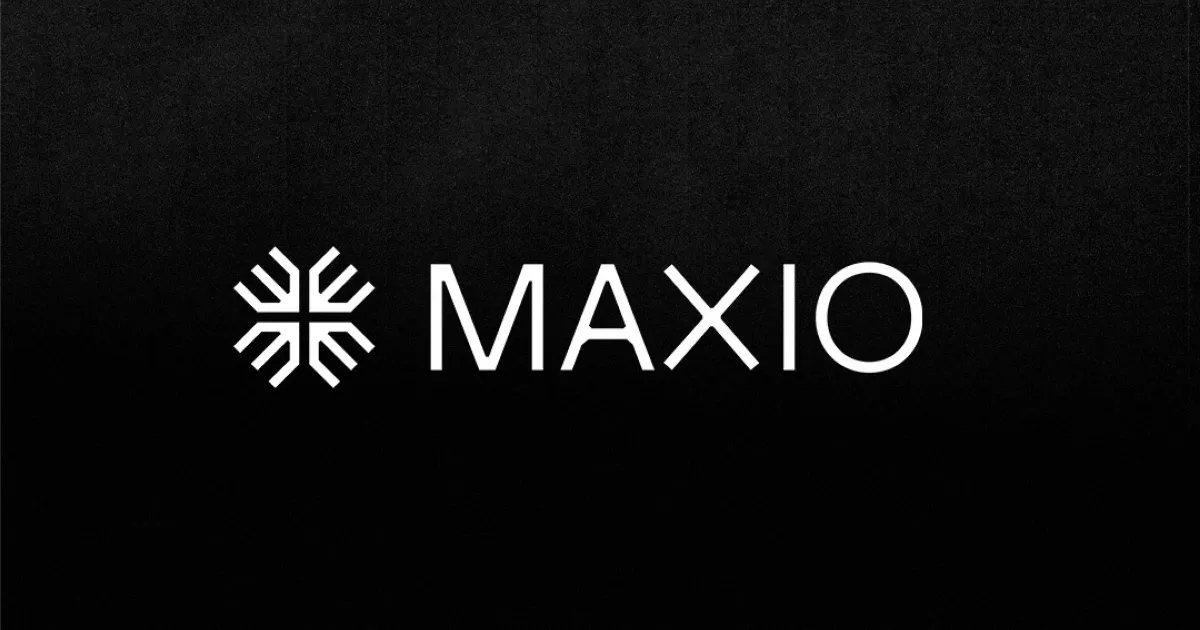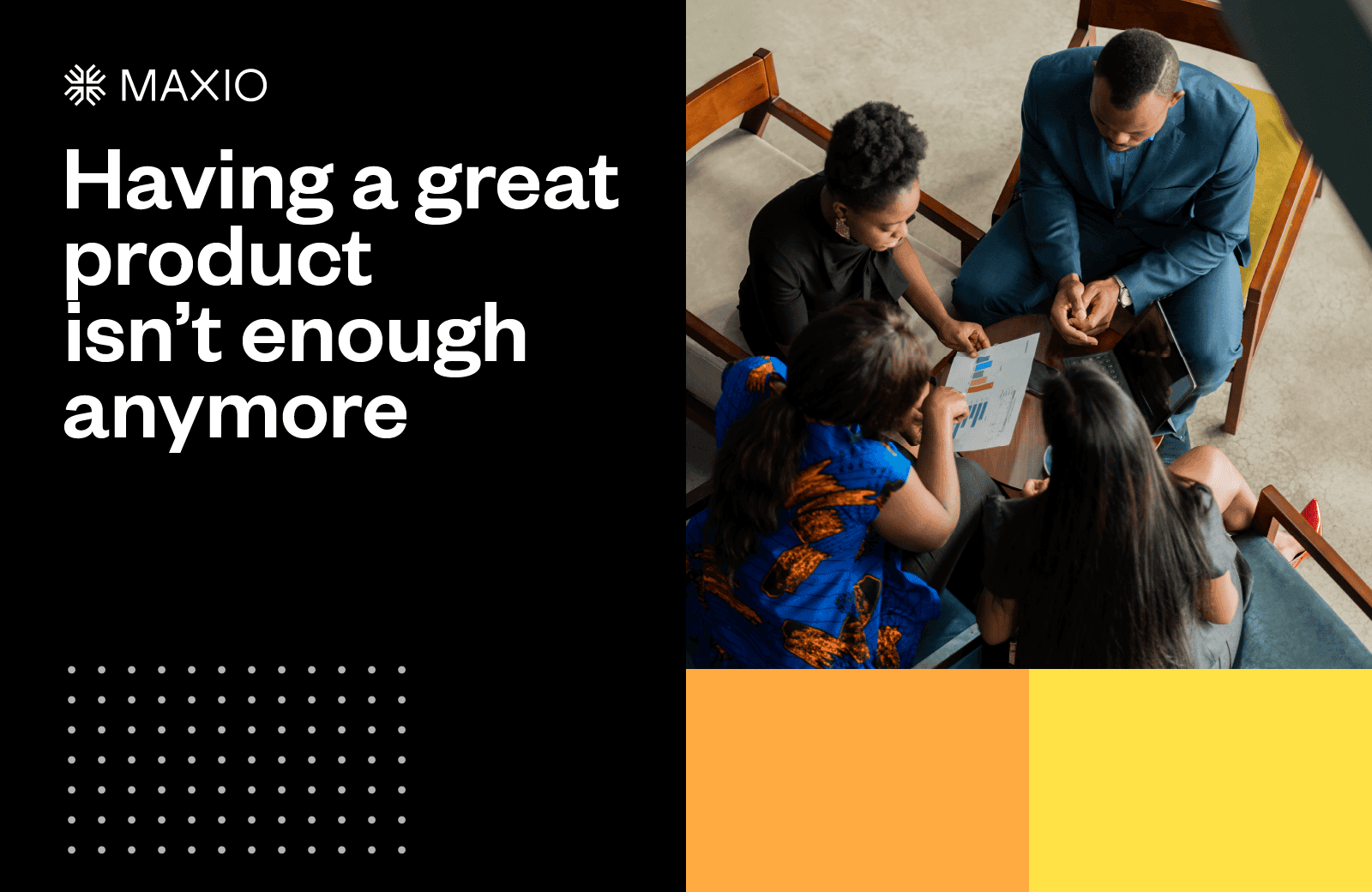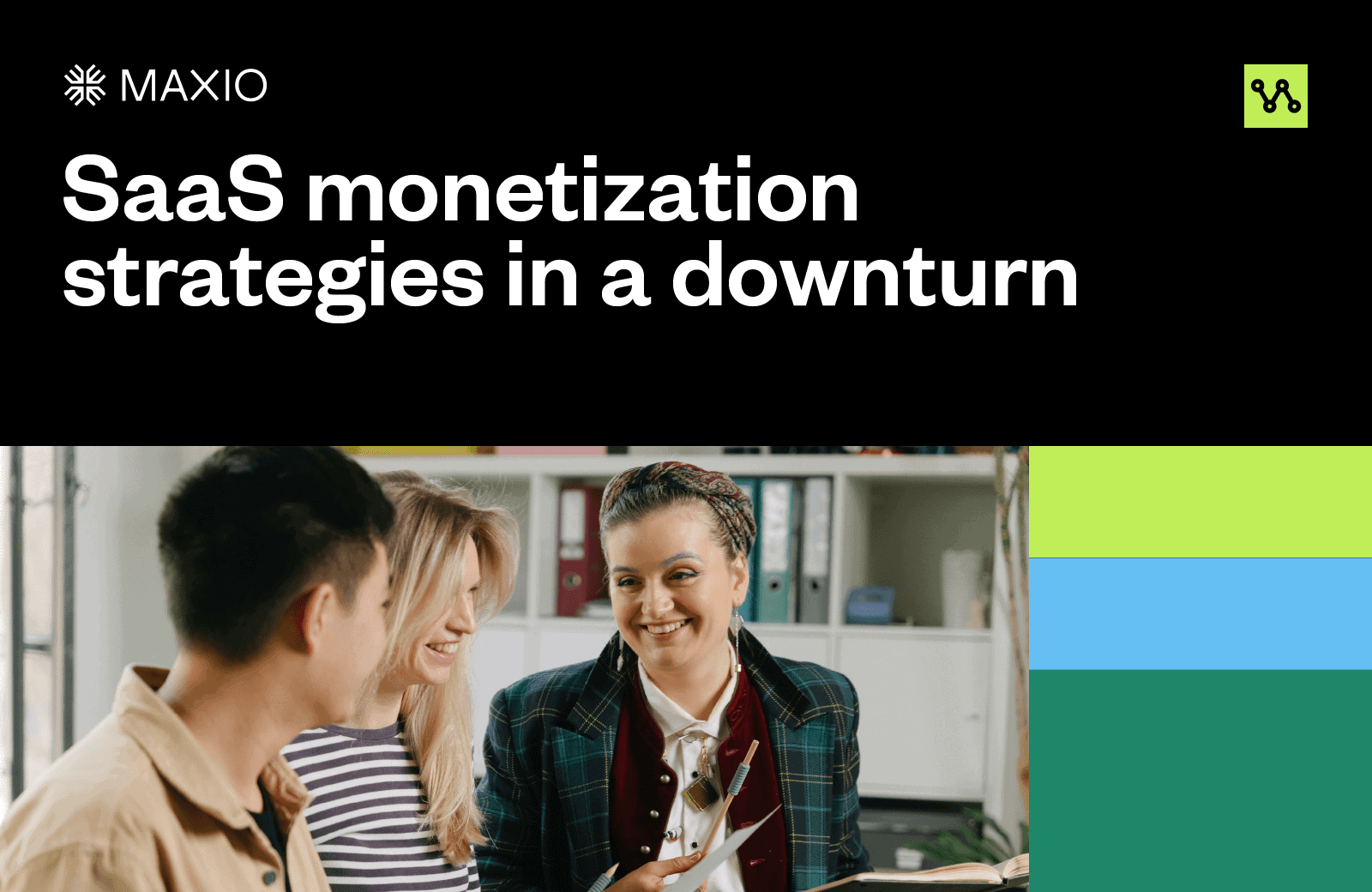There’s a common misconception that product-led growth = free trial. This misunderstanding has played a significant role in how we understand product-led growth. However, there are many product-led companies whose freemium offerings are just the tip of their go-to-market iceberg. In fact, some PLG companies don’t offer anything for free at all.
So why are freemium offers so commonly associated with product-led growth? How do they benefit SaaS companies, and what tools are needed to implement a successful freemium offering?
Here’s everything you need to know about freemium offers in product-led SaaS.
What is Product-Led Growth (PLG)?
Product-led growth is much more than a growth hack, pricing strategy, or industry buzzword—It’s an organizational framework used by B2B SaaS companies to answer one simple question: “How can we get our product to sell itself?”
Or, as Openview Partners defines it, “product-led growth is an end user-focused growth model that relies on the product itself as the primary driver of customer acquisition, conversion, and expansion.”
In other words, the product sits at the center of all growth-related activities under a product-led framework. Does this mean that sales, marketing, and customer success are forced to hang out on the sidelines? Not exactly. Even the most SaaS-savvy users require a human touchpoint at some point in the buyer’s journey.
But before customers speak with someone 1:1, they need to experience the product first. This is the typical order of operations in a product-led company. A free trial is often seen as the quickest way to get customers signed up and using a SaaS product/service, but it comes with several strings attached. Here’s what a freemium offer looks like in a product-led company.
What Does Freemium Mean in Business?
“Freemium“—a combination of the words “free” and “premium”—describes a type of business model that offers basic features of a product or service to users at no cost and charges a premium for supplemental or advanced features.
A freemium business model allows companies to build up a large initial user base at no additional costs. However, free users only have limited access to the product. SaaS companies commonly implement this in two different ways:
- Free Trial:Users only have access to the product/service for a limited time (e.g. 30 or 60 day trial period)
- Free Plan:Users have lifetime access to the product/service; however, they can only access basic features and functionality. Advanced features, personalization, integrations, customer support, and other premium offerings are kept behind a paywall.
Product-led SaaS businesses use these freemium offers to prove value early, spread brand awareness, and convert free users to paid users over time.
These freemium offers give PLG SaaS companies an alternative to the common obstacles created by a traditional sales-led approach: put up too many paywalls, and you’re essentially building a maze that customers have to navigate if they want to use your SaaS. A freemium offering breaks down those walls and gives users a clear path to discover your product/service.
Is Freemium a Good Business Model?
Whether or not a freemium offer is “good” or “bad” depends entirely on the context of your business. Most of the criteria needed to launch a successful freemium offer also apply to adopting a product-led framework as well.
If your SaaS meets the following requirements, you should have no trouble offering a free trial, plan, or package to new users.
Your product can drive customer acquisition.
For starters, one of the primary goals of a free trial is to acquire new users. If your current customer acquisition strategy depends heavily on sales and marketing outreach, you should consider how a free trial will either replace or supplement this process.
You have clear product differentiation.
A product-led model naturally invites many different users to try out your product/service. Think of it as window shopping for software. A free trial makes it easier for new users to discover your SaaS, but whether or not you retain those users depends on the unique value of your product/service.
Your SaaS stands a better chance of standing out in a crowded marketplace by demonstrating clear product differentiation—whether through serving a single vertical, offering a custom pricing model, or addressing companies in a specific market stage.
New users can easily onboard themselves.
Self-directed, hands-off onboarding is a staple of product-led growth. New users should be able to get started with limited interaction from anyone in your organization. If your SaaS requires a lengthy implementation process or several one-on-one training calls to onboard new users, it would be difficult to implement a freemium offer.
What Are Some Examples of a Successful Freemium Business Model?
Plenty of SaaS companies can attribute their early growth and ultimate success to a freemium business model. A few include:
Zoom: Zoom’s services are free for calls shorter than 40-minutes. To access advanced features like recording transcripts, managed domains, and company branding, users must upgrade to a paid plan. The efficacy of Zoom’s free “basic” plan was shown in 2020 when their service was downloaded 485 million times.
Slack: Slack allows users to sign up and start messaging right away, free of charge. Advanced features like integration add-ons, customizable policies, and 24/7 support are only available through Slack’s “Pro” or “Business” plans. Its free plan has played a significant role in acquiring new users, including 43% of Fortune 100 businesses who now pay to use the service.
ClickUp: ClickUp gives teams access to project management tools like collaborative docs, whiteboards, real-time chat, and more—and that’s just within their free plan. However, if users want access to advanced enterprise functionality, they must upgrade to a paid plan. Since its Series B fundraising, ClickUp growth has quadrupled, skyrocketing from 200,000 teams to 800,000 (Latka, 2021).
What to Know Before Adopting a Freemium Business Model
The SaaS GTM landscape isn’t black and white—you can’t just roll out a freemium offer and expect your user base to increase tenfold. However, implementing a new GTM strategy entirely could allow you to expand into new markets, generate more revenue, and achieve rapid growth.
If you’re interested in introducing a freemium offer to your business that will ultimately move the needle, you may have the following questions:
- Do you really need a sales team to scale a modern B2B SaaS company?
- Is a free trial a good idea, or are you just being nickeled and dimed by your customers?
- What the heck is product-led growth anyway?
We answer all these questions (and more) in our ebook, How Product-led Growth is Changing B2B SaaS.



